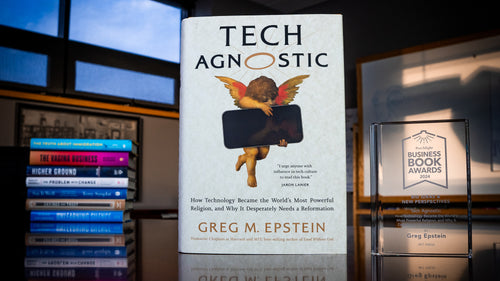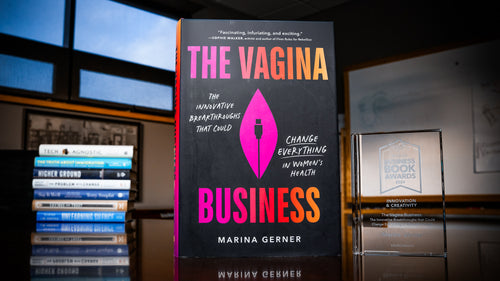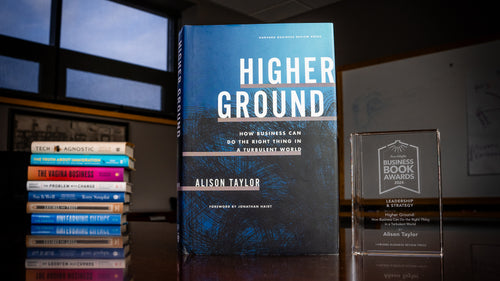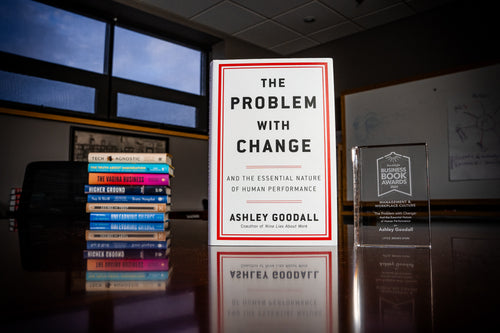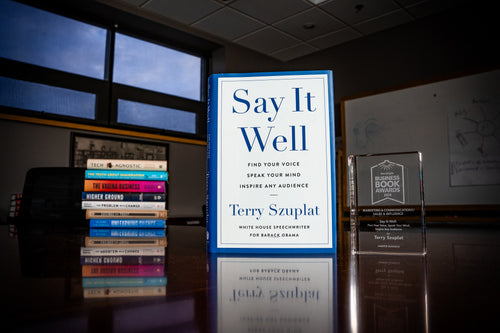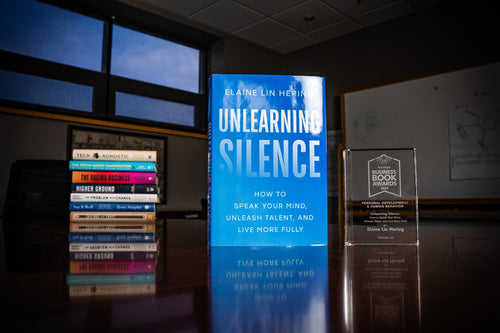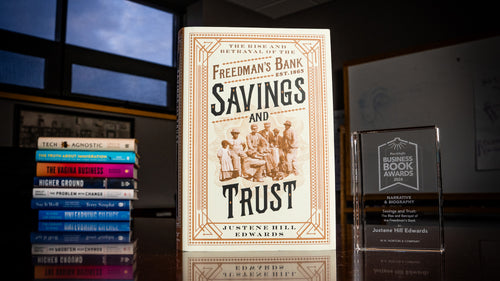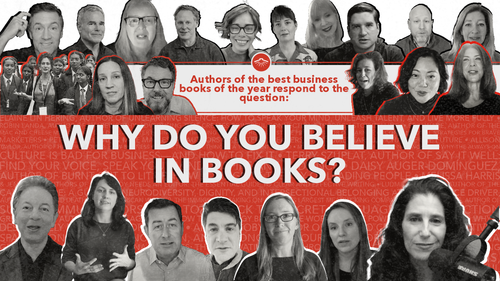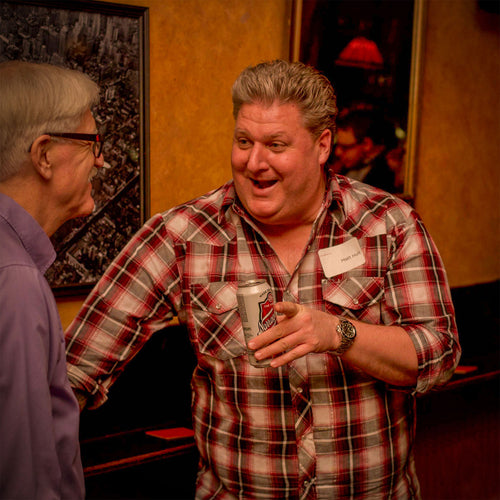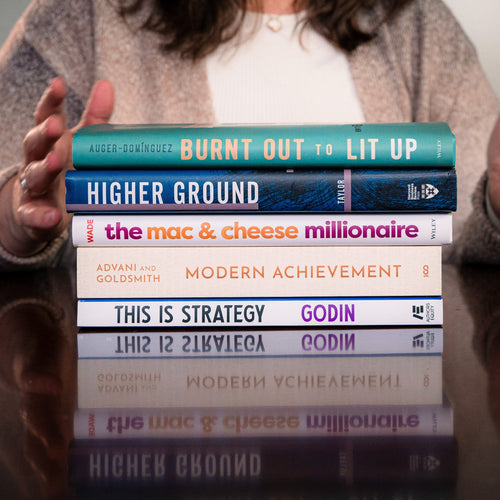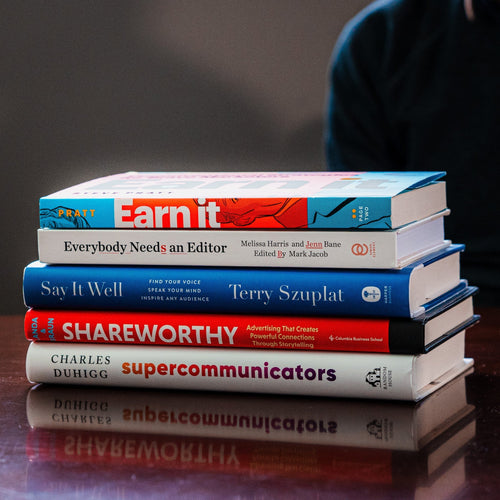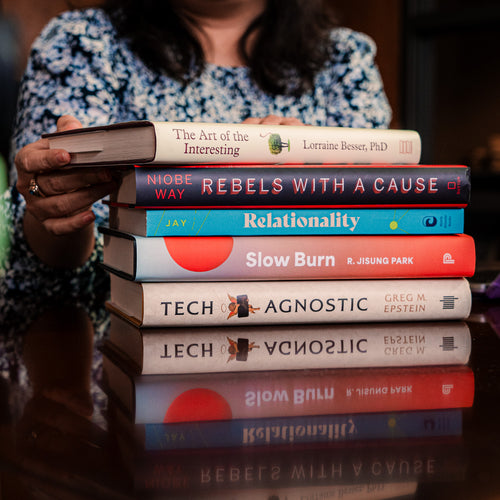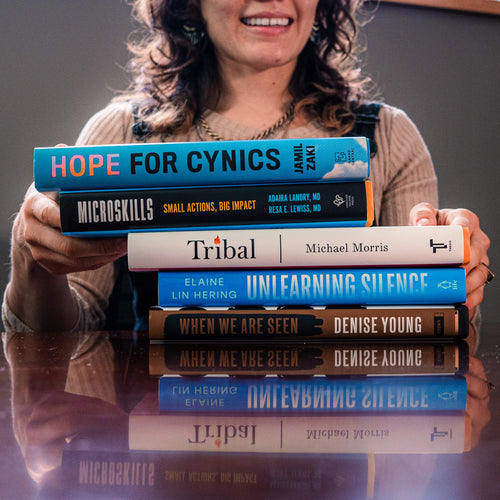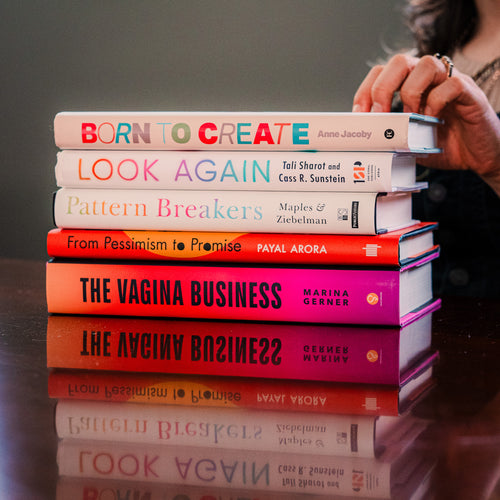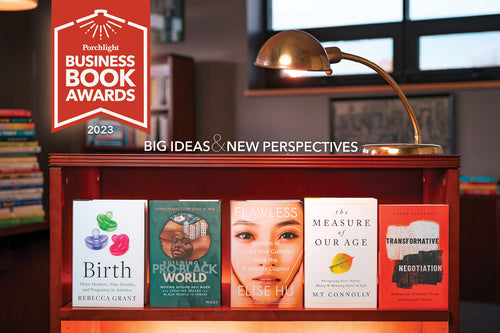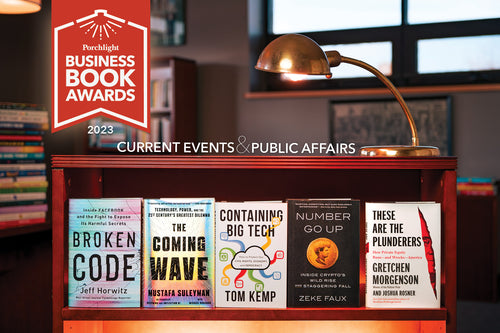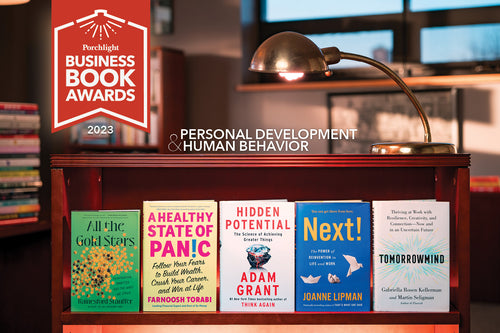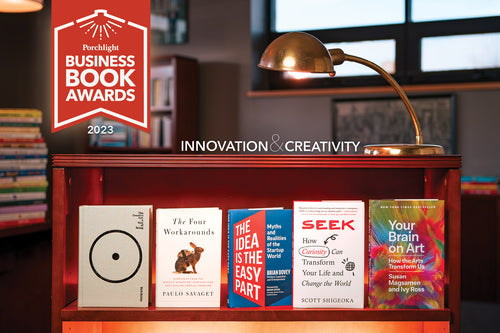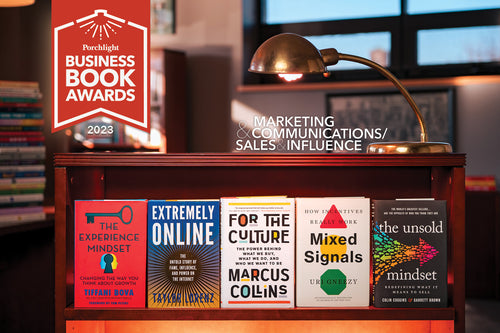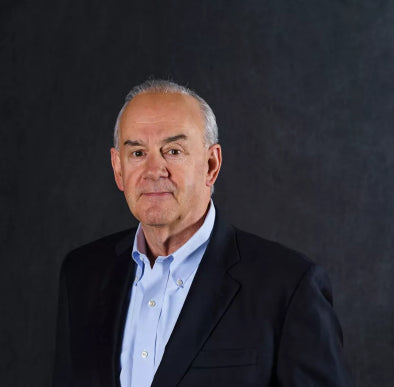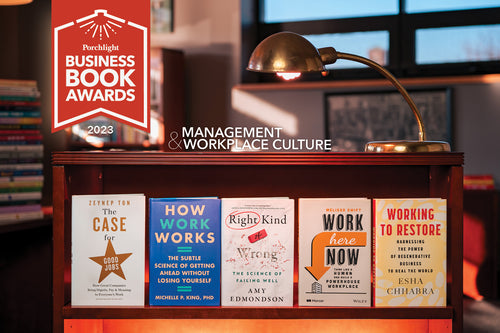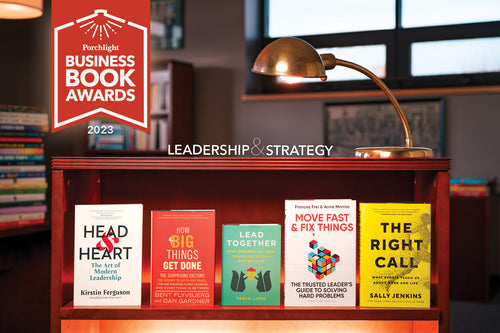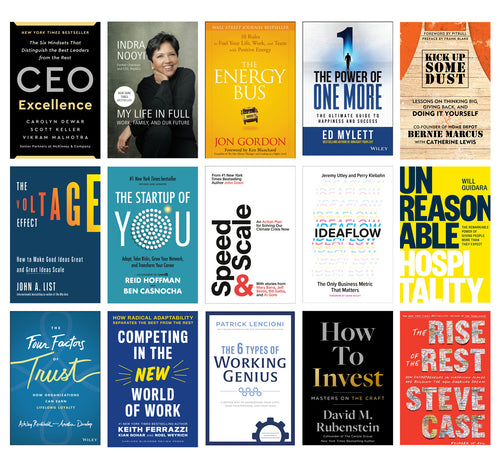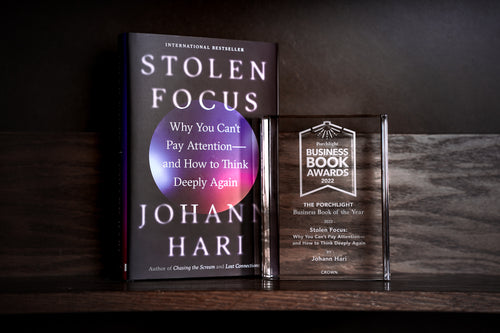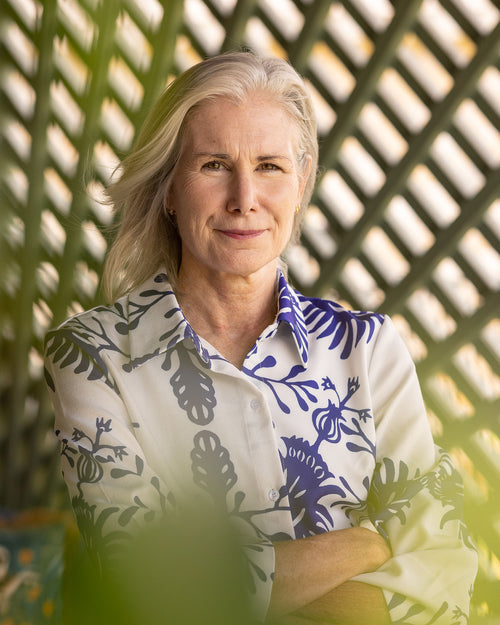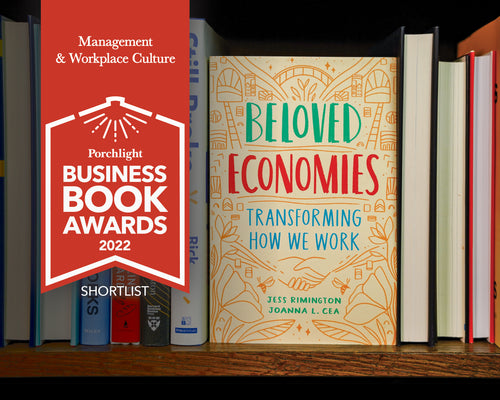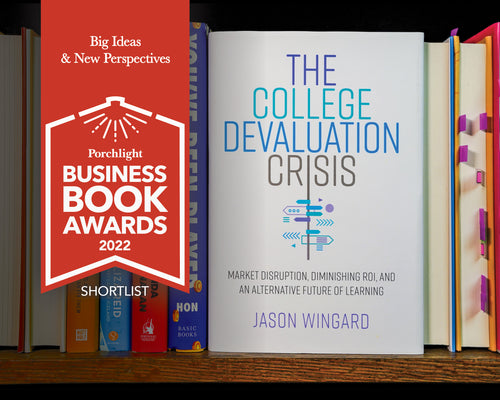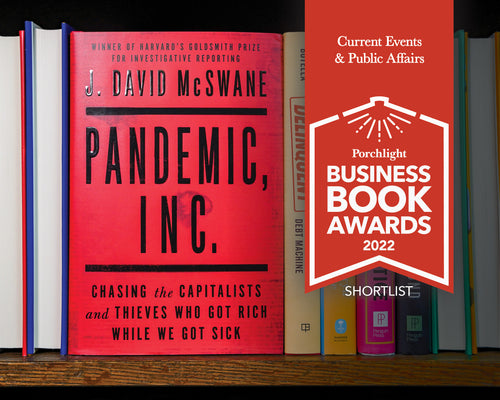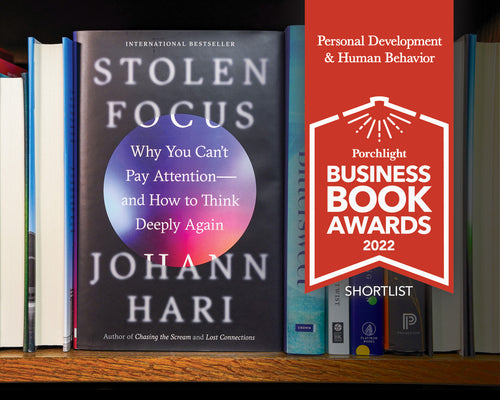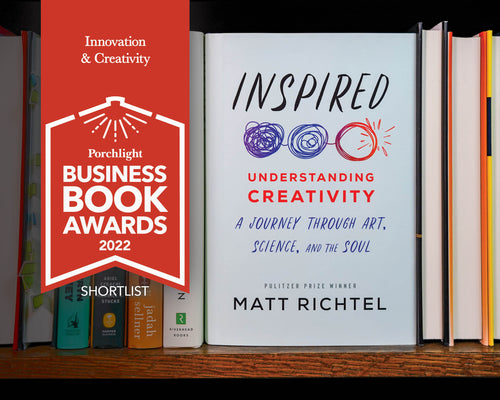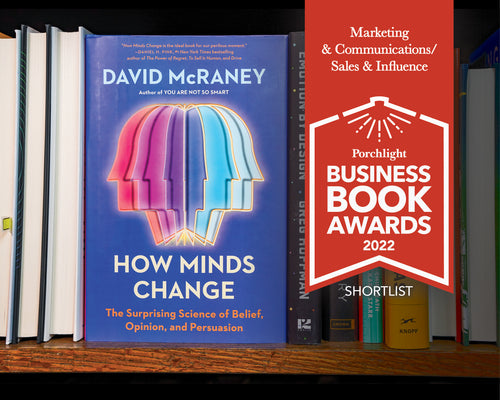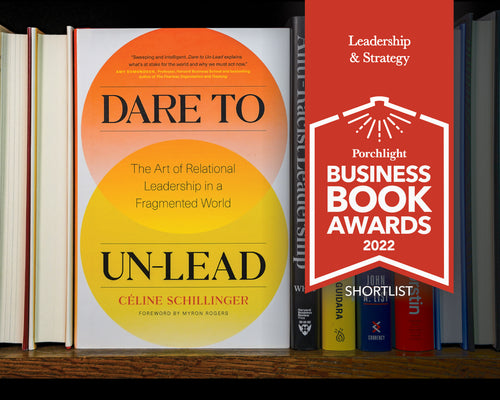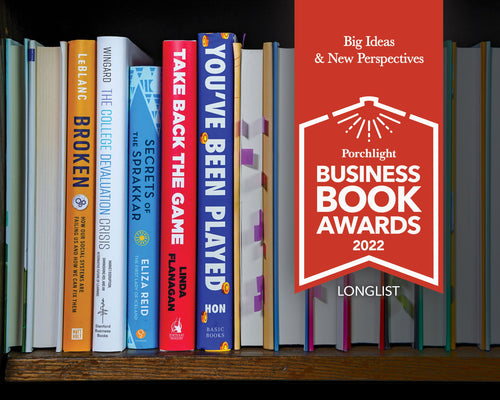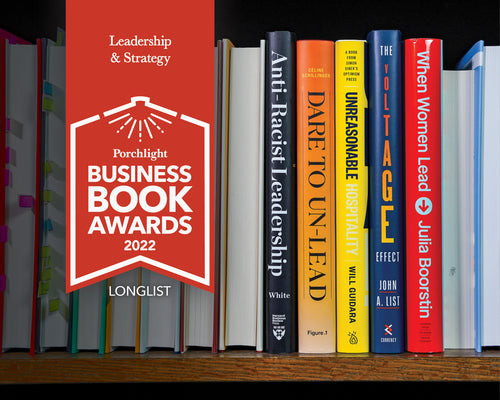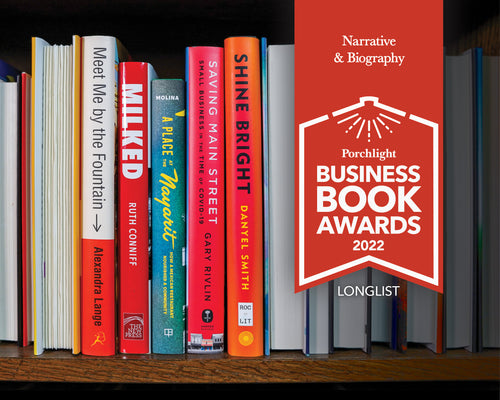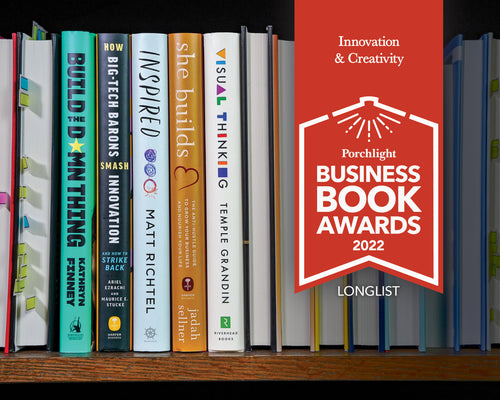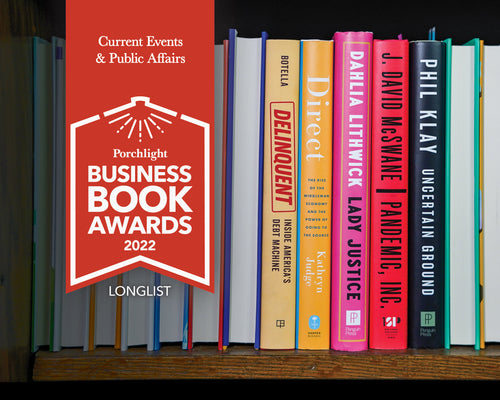Bring Your (Emotional) Self to Work
Listen. In every office you hear the threads of love and joy and fear and guilt, the cries for celebration and reassurance, and somehow you know that connecting those threads is what you are supposed to do and business takes care of itself.The words above were written by James A. Autry and are included in Love and Profit: The Art of Caring Leadership, (page 32), published in the early 1990s. Autry's book came out about a decade following In Search of Excellence: Lessons from America's Best-Run Companies by Tom Peters and Robert H. Waterman, Jr., the book that we described in The 100 Best Business Books of All Time this way:
In writing In Search of Excellence, Peters and Waterman arrived at a conclusion about the success of an organization that couldn't be more different from those early theories on business organization: people are irrational and the structures that organize them must account for that. This argument was 180 degrees counter to the historical modeling of business organizations after the military approach, in which managers fixated on the control of their homogeneous teams....Instead, Peters and Waterman advocate humanistic values, including meaning, a small amount of control, and positive reinforcement as a postmilitaristic model. The conclusion is that the soft stuff matters. Culture matters. People matter.Now, it is 2013, and while your mileage may vary regarding the message Sheryl Sandberg is purveying to women via her new book, Lean In, I'm a fan, and many of Sandberg's modern encouragements have stuck with me in the two weeks since I read the book. But none more than her brief section on bringing your whole self to work. In our Jack Covert Selects review, we included this passage from "Seek and Speak Your Truth."
It has been an evolution, but I am now a true believer in bringing our whole selves to work. I no longer think people have a professional self for Mondays through Fridays and a real self for the rest of the time. That type of separation probably never existed, and in today's era of individual expression ... it makes even less sense.If Peters and Waterman's work marked the time when organizations became less fearful of loosening the bonds and began creating workplaces that acknowledged and worked 'with' our humanness, and Autry encouraged leaders to get the human stuff right in order to make the business stuff right, then Sandberg challenges each of us personally to integrate all aspects of ourselves. So what does this mean for us? For all workers (not only women)? Does "bringing our whole selves to work" mean simply conversing about our lives outside of the office while in the office? And to whom? To our peers? To our clients? To our managers? Or does it mean something more visceral like exposing our tattoos and wearing those fishnet tights usually reserved for the weekend? Or does it really mean that we ourselves need to recognize that we are just people, people with emotions, who get angry at slights, cry when frustrated, become distracted when a child is sick, and even if it makes us feel vulnerable, that's the person we bring to work with us every day. Sandberg again:
Sharing emotions builds deeper relationships. Motivation comes from working on things we care about. It also comes from working with people we care about. To really care about others, we have to understand them--what they like and dislike, what they feel as well as think. Emotion drives both men and women and influences every decision we make. Recognizing the role emotions play and being willing to discuss them makes us better managers, partners, and peers.I suppose the point is that whatever it means to us is what it means. But the overall point is that to feel more is to be more. And if that sounds a little Zen, then that's a good opening for recommending these new/current titles that can help you find just what integration means to you.







Quiet: The Power of Introverts in a World That Can't Stop Talking by Susan Cain (Crown, 2013 pbk.) This extraordinary book has the power to permanently change how we see introverts and, equally important, how introverts see themselves."The gift of being human is that we have deep creative resources and from these we can continuously transform our lives if we choose. Whether you aim to change the whole world or the world within you, the limits are set as much by your imagination as by your current circumstances. This has been true for all people since the beginnings of human history."
David's Inferno: My Journey through the Dark Wood of Depression by David Blistein (Hatherleigh, 2013.) Author David Blistein, a former ad agency executive, shares his experiences to shed light on the darkness of depression for fellow travelers as well as those who care about them."The secret to life is to put yourself in the right lighting. For some it's a Broadway spotlight; for others, a lamplit desk. Use your natural powers–of persistence, concentration, insight, and sensitivity–to do work you love and work that matters. Solve problems, make art, think deeply. [...] Figure out what you are meant to contribute to the world and make sure you contribute it. If this requires public speaking or networking or other activities that make you uncomfortable, do them anyway. But accept that they're difficult, get the training you need to make them easier, and reward yourself when you're done."
How to Meditate: A Practical Guide to Making Friends with Your Mind by Pema Chodron (SoundsTrue, May 2013.) More and more people are beginning to recognize a profound inner longing for authenticity, connection, compassion, and aliveness. Meditation, Pema explains, gives us a golden key to address this yearning."Then I start thinking about writing this little piece. And then about going in the house and getting another cup of tea. And then coming back out and writing something else. And then having breakfast. And then taking a nap! Gee, I'm feeling pretty good. I'm feeling inspired. [...] All pretty trivial. But for someone with a history of depression, there's nothing trivial about it. Because, at least for me, the opposite of being depressed isn't really being happy, it's being inspired. Full, as the etymologists would explain, of divine breath.
Yoga Wisdom at Work: Finding Sanity Off the Mat and On the Job by Maren Showkeir and Jamie Showkeir (Berrett-Kohler, May 2013.) The Showkeirs know firsthand how yoga's wisdom can make work—and life—more rewarding and worthwhile."So perhaps you only have ten minutes that you can commit to meditation. Just ten minutes can help you come to your senses or slow down enough that your natural intelligence, or your basic goodness--the part of you that knows what the right action at any given time might be--can click in."
The Happiness Choice: The 5 Decisions That Will Take You From Where You Are to Where You Want to Be by Marilyn Tam (Wiley, 2013.) Discover the path to a happy life, from a woman who overcame the odds and achieved a joyful life."The sheer amount of stuff we are asked to attend to in our daily lives can be overwhelming. But when people say they lack the physicality to put their bodies into yoga poses, they are not taking into account that it is the practice that develops flexibility, balance, and a quiet mind. [...] In any case, yoga on the mat is only one part of the practice--one-eighth to be exact. [T]he physical practice, or asana, doesn't represent the spectrum of yoga any more than looking through a knothole in a fence and seeing a pitcher throw and catch a ball gives you a complete picture of a baseball game's nine innings.
The Myths of Happiness: What Should Make You Happy, but Doesn't; What Shouldn't Make You Happy, but Does by Sonja Lyubonirsky (Penguin Press, 2013.) Sonja Lyubomirsky turns an empirical eye to the biggest, messiest moments, providing readers with the clear-eyed vision they need to build the healthiest, most satisfying life."You wake before the alarm, turn over, and then it hits you--you are already behind on what you have to do today. Out of bed you rush to get ready, grab something to eat, gulp down some coffee and zoom your nerves are already vibrating at hyper speed. At the end of the long and exhausting day, you fall into bed bone-tired and weary, feeling that you didn't accomplish many of the things you had to do, much less the ones that you wanted to do. Sigh, is this the life I was born to live, you wonder. [...] No! You have a choice; you can live the life that you've dreamed of living. You can choose happiness."
"I cannot stress enough how unfortunate and needless are these deleterious consequences of believing in the happiness myths. We must stop waiting for happiness, and we must stop being terrified of the potential for unhappiness."






















